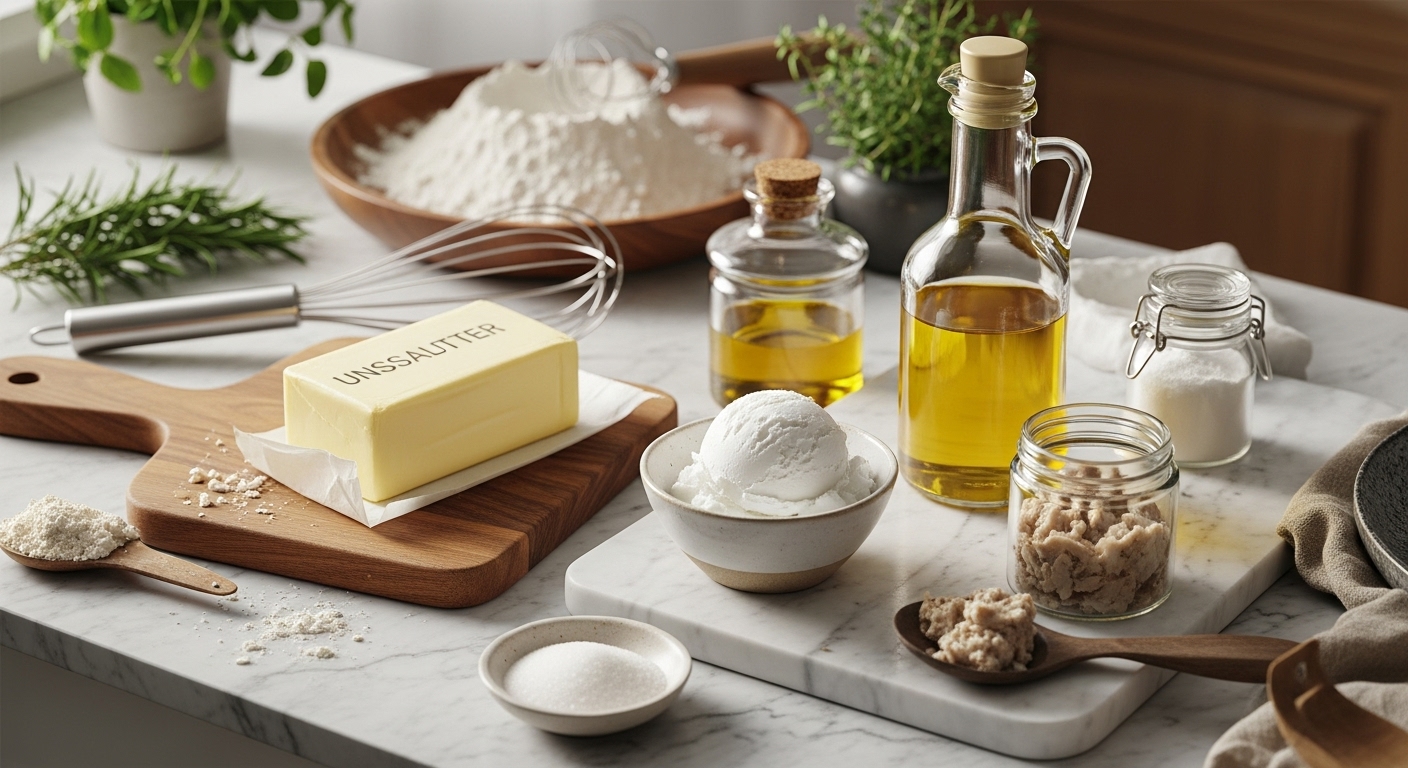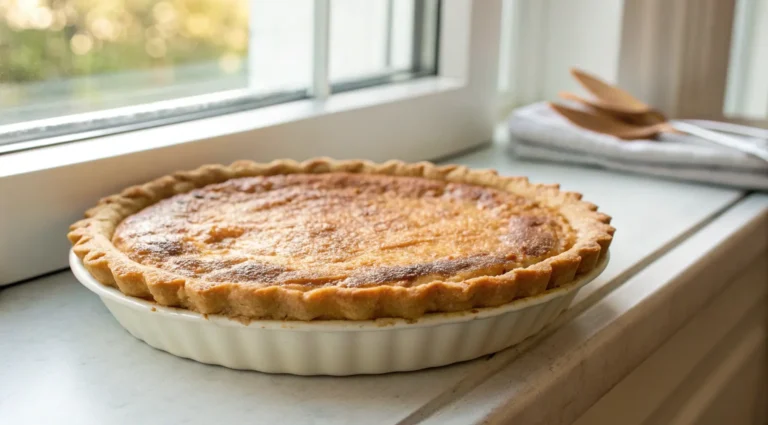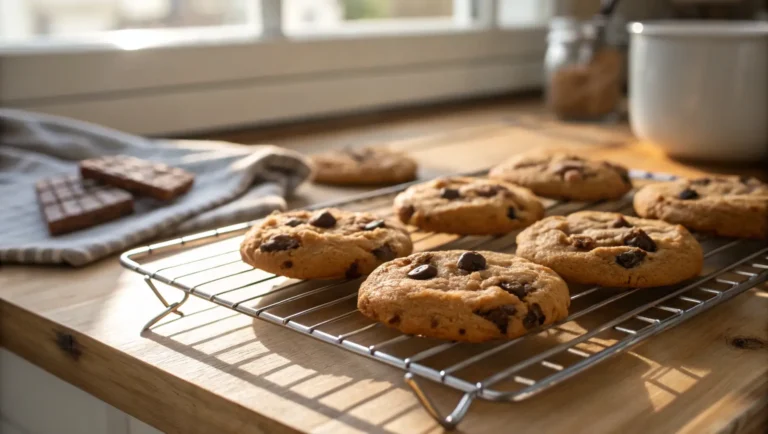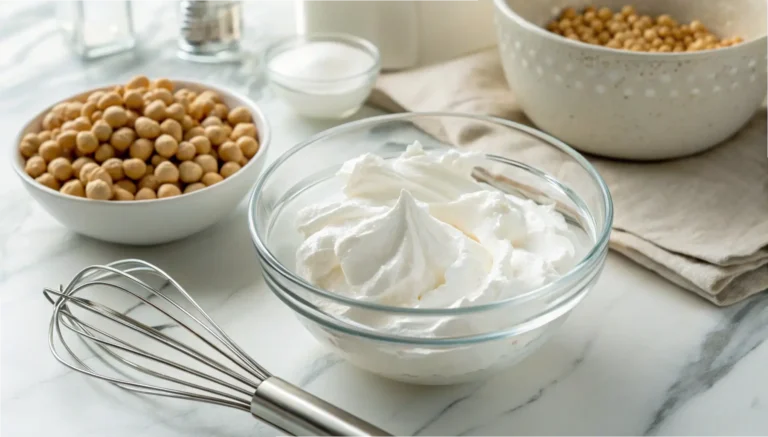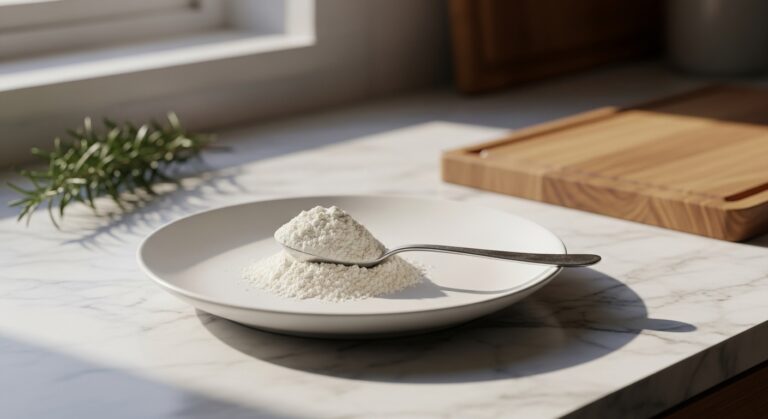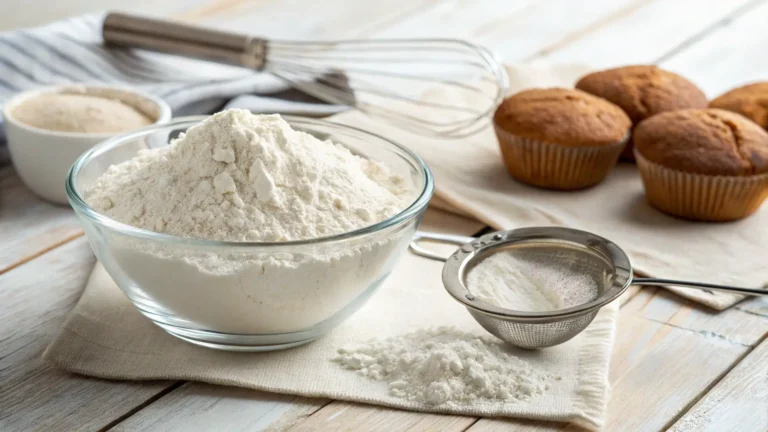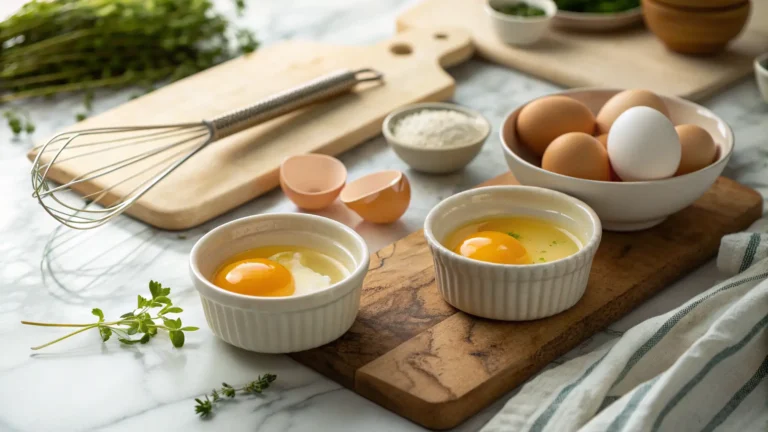Guide to Fats in Baking: Your Key to Perfect Bakes!
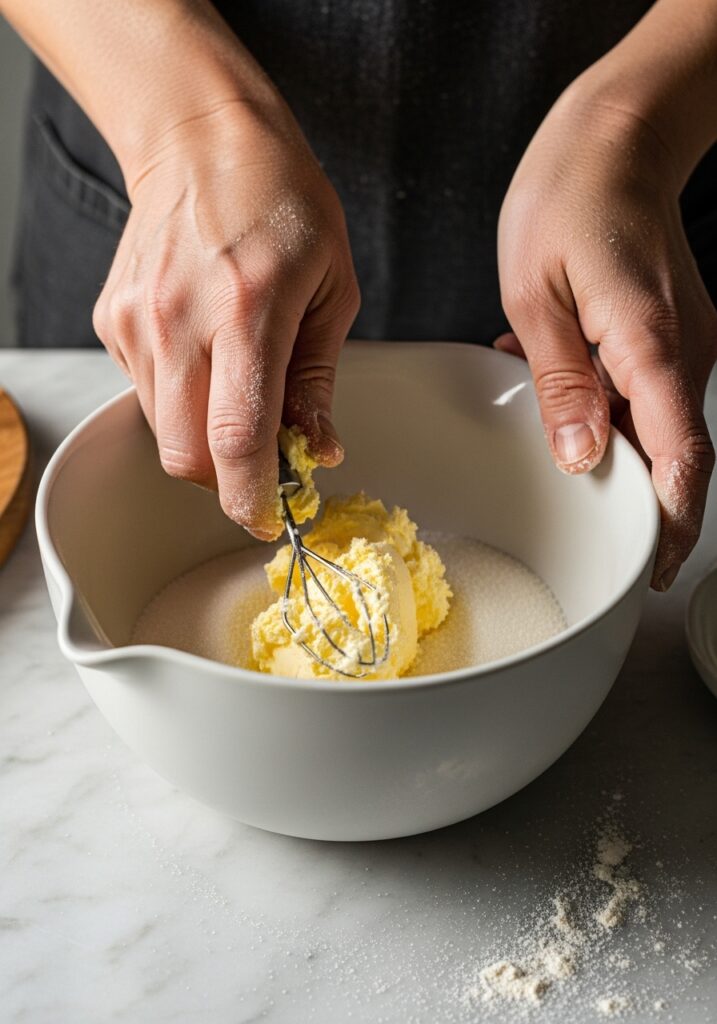
Guide to Fats in Baking – Oh, friends, let’s talk about the true unsung heroes of our baking adventures: fats! I vividly remember my own kitchen catastrophe trying to make croissants for the very first time, convinced that any butter would do the trick. Spoiler alert: it absolutely did not, and my kitchen became a buttery disaster zone, yielding croissants that were more akin to dense, buttery rocks than flaky pastries! That humbling experience ignited my deep dive into truly understanding the magic of butter, shortening, oil, and everything in between.
It’s not just about what makes things taste good – though, let’s be honest, butter is always a winner! – but how each fat contributes to the magic of texture. Think about it: what makes your cake impossibly tender, your cookies wonderfully chewy (like our 3-Ingredient Oatmeal Raisin Cookies or even The Best Cranberry Walnut Cookies!), and your pie crust flaky beyond belief?
That’s why I’m so excited for us to embark on this journey together. In “Butter Up! Your Simple Guide to Fats in Baking,” we’ll demystify the science and art behind these essential ingredients, unlocking the secrets to truly perfect bakes every single time. Come along, let’s make some magic!
Guide to Fats in Baking: Your Key to Perfect Bakes!
Course: GuidesCuisine: Baking ScienceDifficulty: Easy4
servings30
minutes40
minutes300
kcalA comprehensive guide to understanding the distinct roles of butter, shortening, and oils in baking, and how they impact the texture, moisture, and flavor of your favorite baked goods. Unlock the secrets to achieving consistently perfect cakes, cookies, and pastries!
Ingredients
Unsalted Butter (cold and softened)
Salted Butter
Vegetable Shortening
Lard (optional, for specific applications)
Vegetable Oil (e.g., canola, sunflower, grapeseed)
Olive Oil (for savory bakes)
Flour (all-purpose)
Granulated Sugar
Brown Sugar
Eggs
Baking Powder
Baking Soda
Salt
Directions
- **Understand the Core Functions of Fat:** Begin by grasping that fats contribute moisture, tenderize gluten, add flavor, and aid in leavening. Recognize that different fats excel at these jobs in varying ways.
- **Dive Deep into Butter:** Explore the nuances of unsalted vs. salted butter, and how its water and butterfat content affect bakes. Learn how creaming softened butter incorporates air, leading to a light, tender crumb, and how cold butter creates flaky layers.
- **Explore the World of Shortening:** Discover shortening’s unique properties—its high melting point and 100% fat content—making it exceptional for super flaky pie crusts, high-rise cookies, and stable frostings.
- **Unpack the Role of Oils:** Understand how liquid oils distribute quickly and thoroughly, creating dense, moist bakes like muffins and quick breads, and how they differ from solid fats in texture contribution.
- **Consider Specialty Fats:** Briefly touch upon other fats like lard for ultimate flakiness in savory applications or coconut oil for specific flavors and vegan alternatives.
- **Match the Fat to Your Baked Good:** Learn which fat is best suited for various recipes: butter for rich flavor and tenderness in cookies, cakes, and croissants; shortening for structure and flakiness in pie crusts and certain cookies; oil for consistent moisture in muffins and quick breads.
- **Troubleshoot Common Fat-Related Issues:** Identify and learn to correct problems that arise from using the wrong fat or incorrect fat temperature (e.g., tough cookies from overworking cold butter, greasy crusts from too much melted fat, dense cakes from insufficient air incorporation).
- **Experiment and Observe:** The best way to truly understand is by doing! Encourage trying different fats in familiar recipes, noting the changes in texture, flavor, and overall result. Keep a baking journal!
Notes
- The Temperature Secret: Always, always, always pay attention to your fat’s temperature! Cold butter is your best friend for flaky pastry, softened butter is key for creaming into airy cakes, and liquid oil provides a consistently moist crumb. This single detail truly makes all the difference!
- Don’t Fear the Blend: Sometimes the most magical bakes happen when you combine fats. A mix of butter for incredible flavor and shortening for structural integrity and flakiness can give you the best of both worlds, especially in a killer pie crust or a sturdy, yet tender, sugar cookie.
- A Family Secret: My grandma always swore by adding a tiny bit of rendered bacon fat to her cornbread for an unparalleled savory depth and moistness that butter just can’t quite achieve. It’s not just for sweet bakes, folks! Think outside the box and don’t be afraid to experiment with savory fats in savory recipes!

